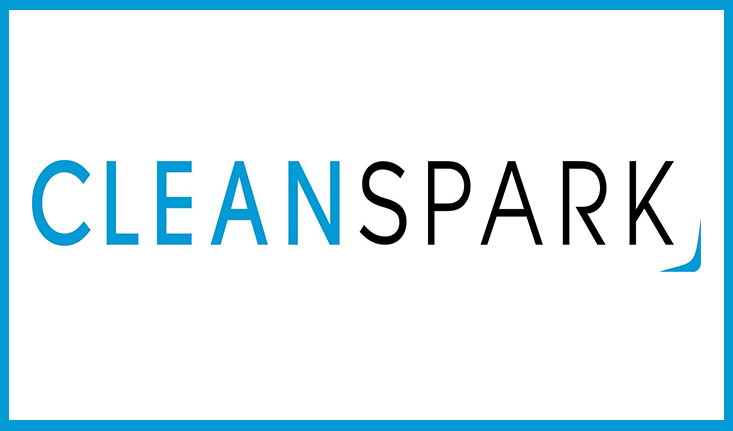

The performance data and client examples cited are presented for illustrative purposes only. Not all offerings are available in every country in which IBM operates. IBM Business Partners set their own prices, which may vary. This document is current as of the initial date of publication and may be changed by IBM at any time. A current list of IBM trademarks is available on the web at “Copyright and trademark information” at. Other product and service names might be trademarks of IBM or other companies. IBM, the IBM logo, ibm.com, CPLEX, and ILOG are trademarks of International Business Machines Corp., registered in many jurisdictions worldwide. Produced in the United States of America, July 2021. IBM Corporation, Watson and Cloud Platform, New Orchard Road, Armonk, NY 10504 We’re contributing to the global ecosystem of knowledge.” Kabak concludes: “All of this data is helping us position CleanSpark as a thought leader in the renewable space. As a result, the company can continue to refine its microgrid technology, improving not just its product but its entire approach to energy consumption. Each project CleanSpark completes results in a massive amount of data that the CleanSpark team can then analyze further to find new avenues for optimization.

Lastly, the IBM solution sets CleanSpark on a path toward providing increasingly valuable information to its customers. We’re solving a much more complex problem and giving our customers much more useful information.” A lot of our competitors will do somewhat similar modeling, but they will not optimize. Kabak explains: “It’s a 100% differentiator in the market. The solution also places CleanSpark well ahead of the competition by providing a more holistic answer to the energy optimization problem.
#Cleanspark commercial software
As Inman explains, the fact that the software integrated seamlessly with CleanSpark’s technology stack made it possible for him to build the organization’s optimization on his own, in a matter of months. In helping CleanSpark solve its most complex problems, IBM CPLEX Optimization Studio software has brought about significant time savings for the organization. What CPLEX does is it actually solves this thing.” “You’ve got to model each of these things in an equation, and you’ve got to get that equation balanced and optimized.
#Cleanspark commercial code
“You can’t just write regular programming code for it,” Kabak explains. Some customers may prioritize internal rate of return, others may be more focused on sustainability or resilience.

With different data around each customer’s historical energy consumption, the utility rates it operates under, sizing constraints and more, the equation differs radically from engagement to engagement. Six months and many successful benchmarks later, CleanSpark purchased perpetual licenses for the IBM software.Īt the highest level, the CPLEX solution is helping CleanSpark solve optimization models, but as the company’s Chief Technology Officer (CTO) and Principal Architect Amanda Kabak explains, it’s more than that. Inman explains: “IBM came out on top in terms of not only price for our requirements, but also the support that we need to keep pushing forward.” With help from IBM Business Partner Newcomp Analytics, CleanSpark began by testing the software on a subscription basis. Rich Inman, Director of Data Analytics at CleanSpark, estimates that the microgrid optimization process evaluates tens of millions of variables in a sparse matrix that may contain as many as 10²⁰ elements.Īfter careful research and cost-benefit analyses, CleanSpark selected IBM® ILOG® CPLEX® Optimization Studio software.
#Cleanspark commercial series
Whether they’re meant to address the energy needs in a single household or in a massive, interconnected and geographically dispersed series of buildings, microgrids are complex, and the number of factors that go into optimizing them can be mind-boggling. Microgrids are not one-size-fits-all endeavors. CleanSpark was established in 2012 to help organizations develop their own microgrids. Ideally, they balance load requirements among the different sources, providing customers with steady, clean and cost-effective energy. Microgrids are designed to help companies meet power needs with a combination of traditional grid, solar, wind, fuel cell and other energy technologies. These alternative sources are becoming more and more popular, but they, too, have their limits when it comes to availability and storage. The grid is generally reliable, but it can be subject to both blackouts and brownouts, and it can be more expensive and less clean than alternative sources of energy like wind and solar.


 0 kommentar(er)
0 kommentar(er)
